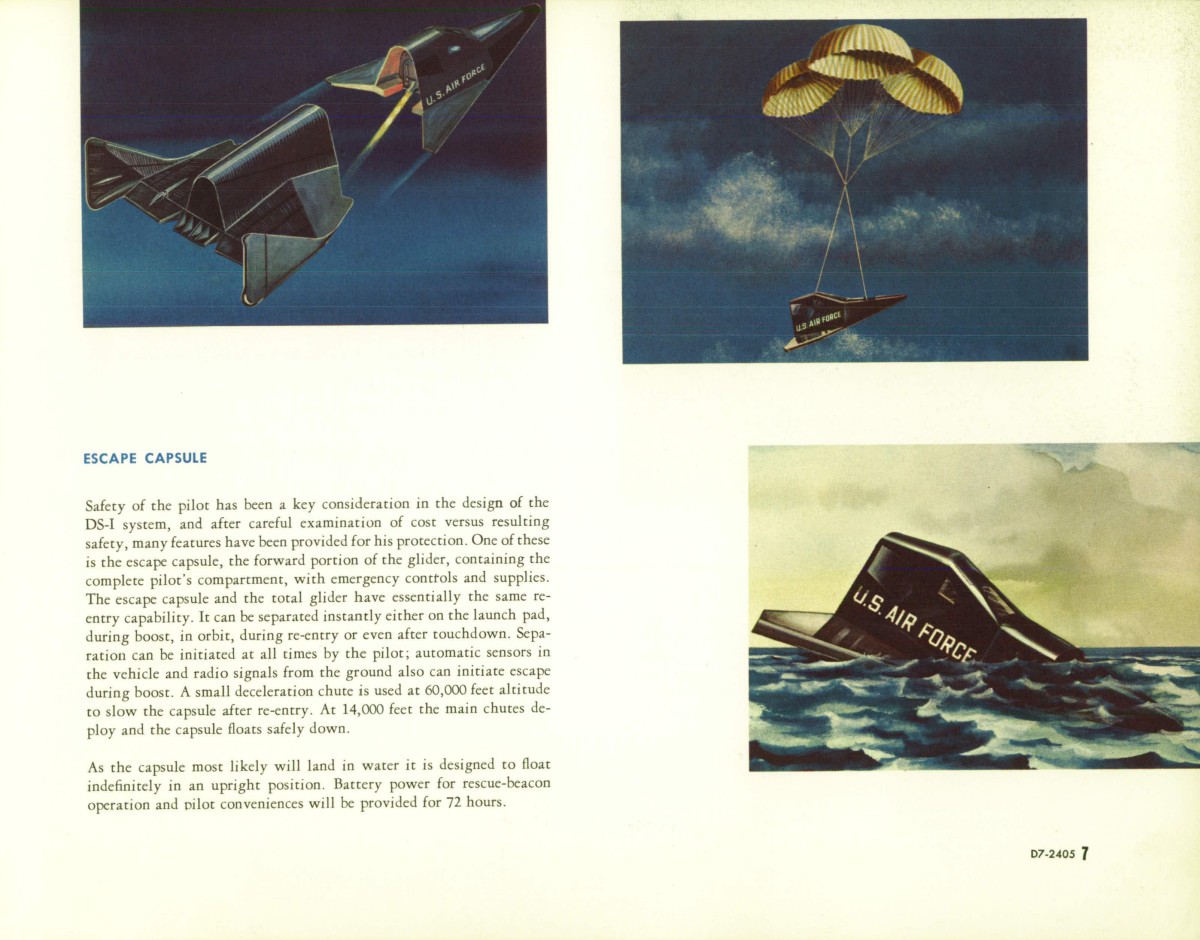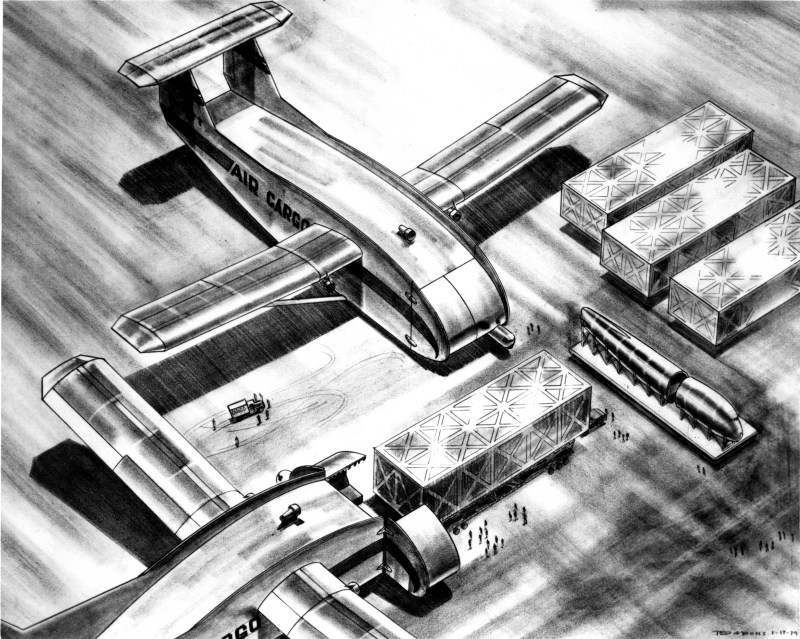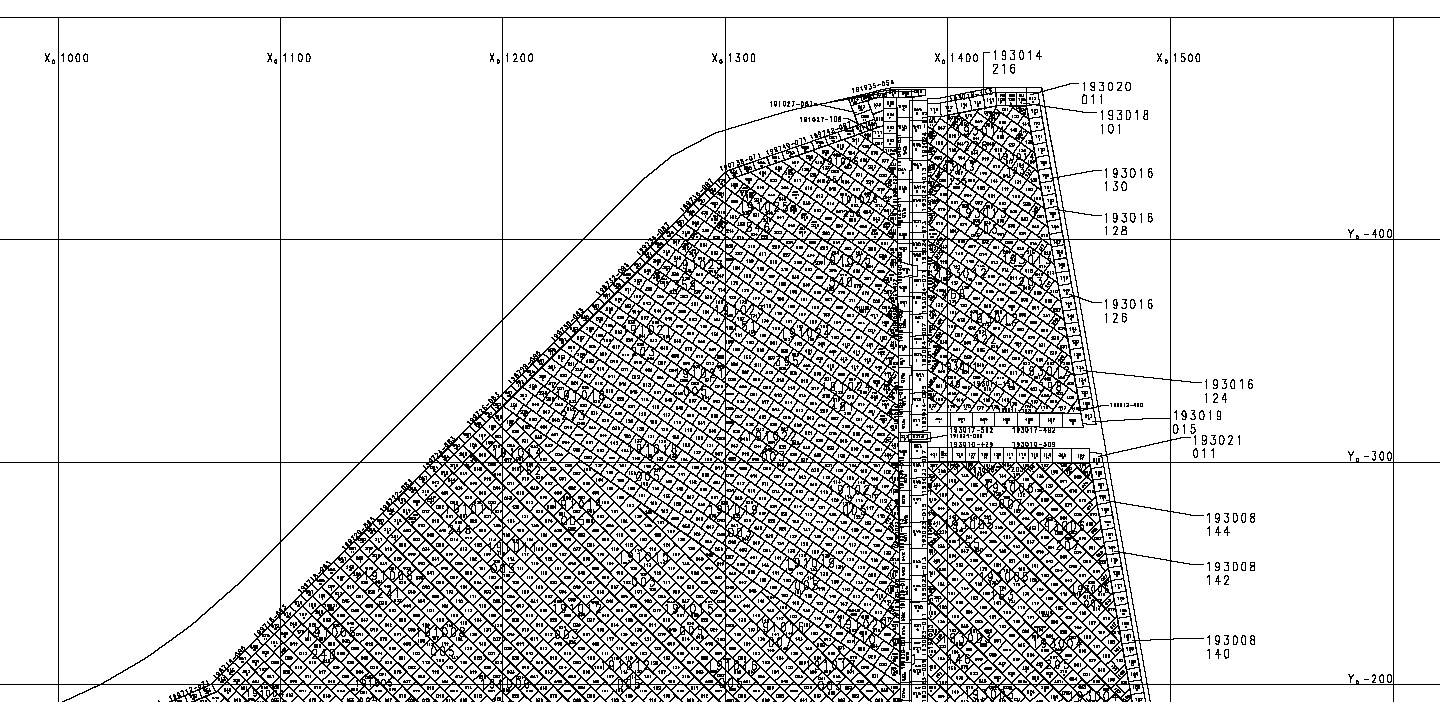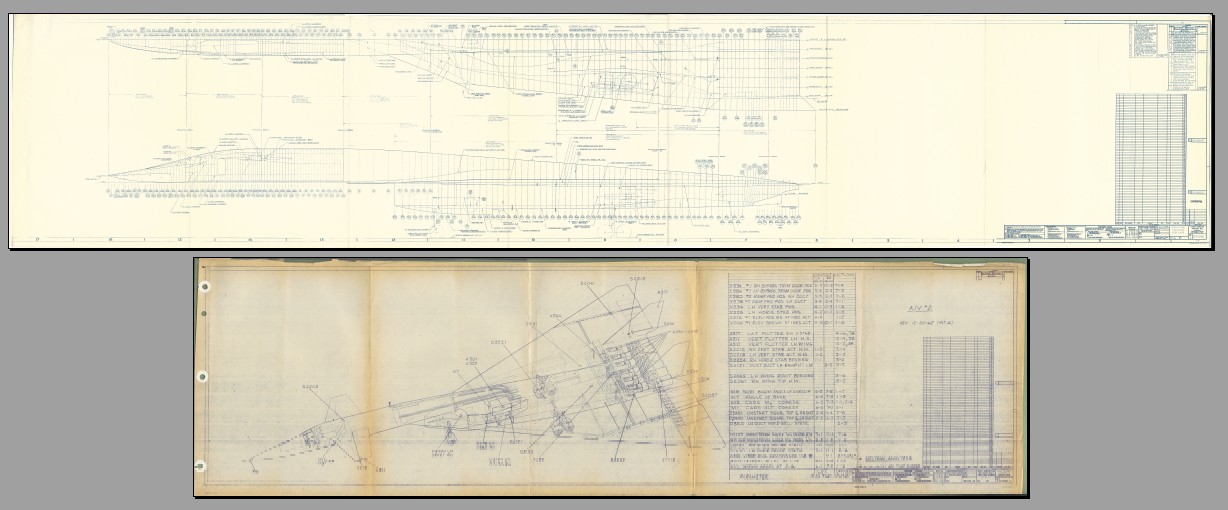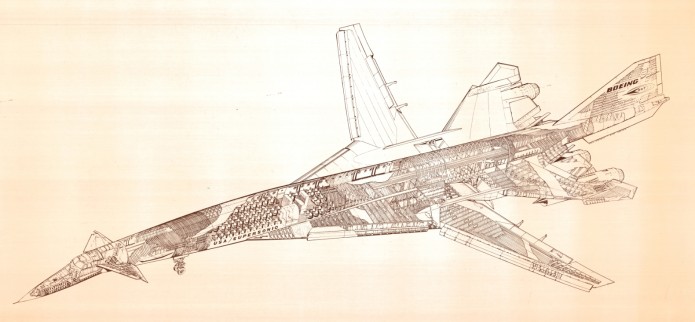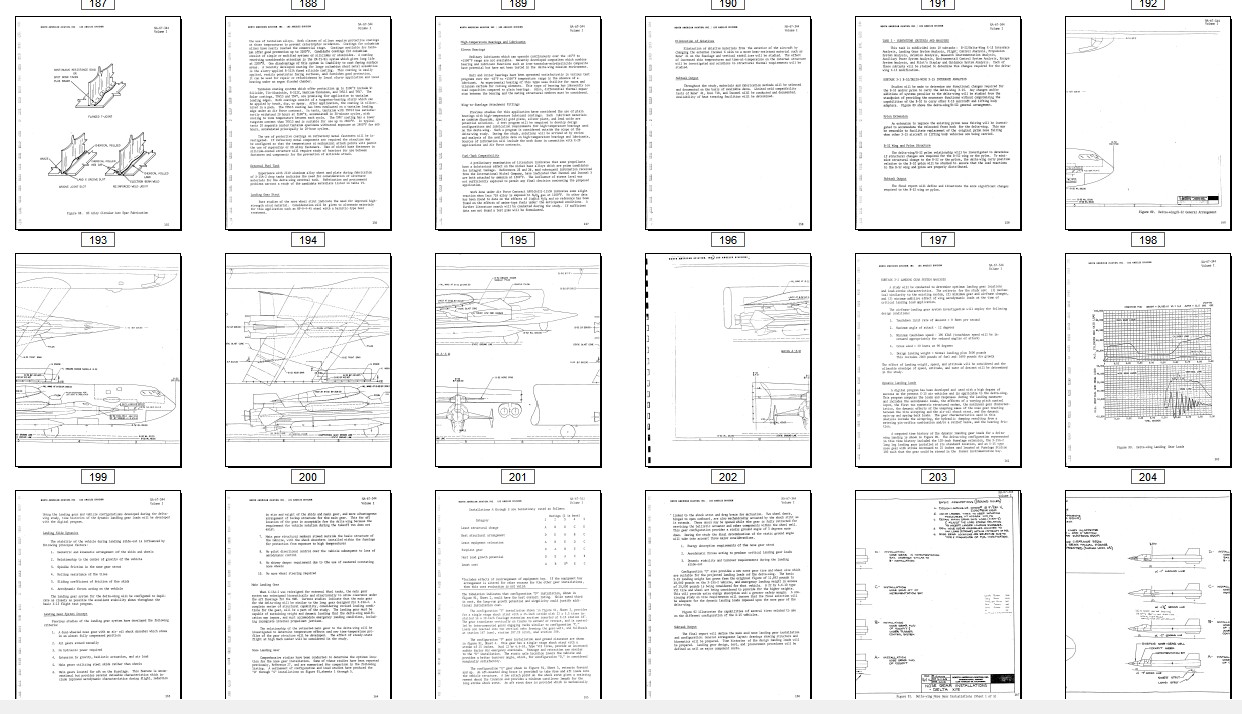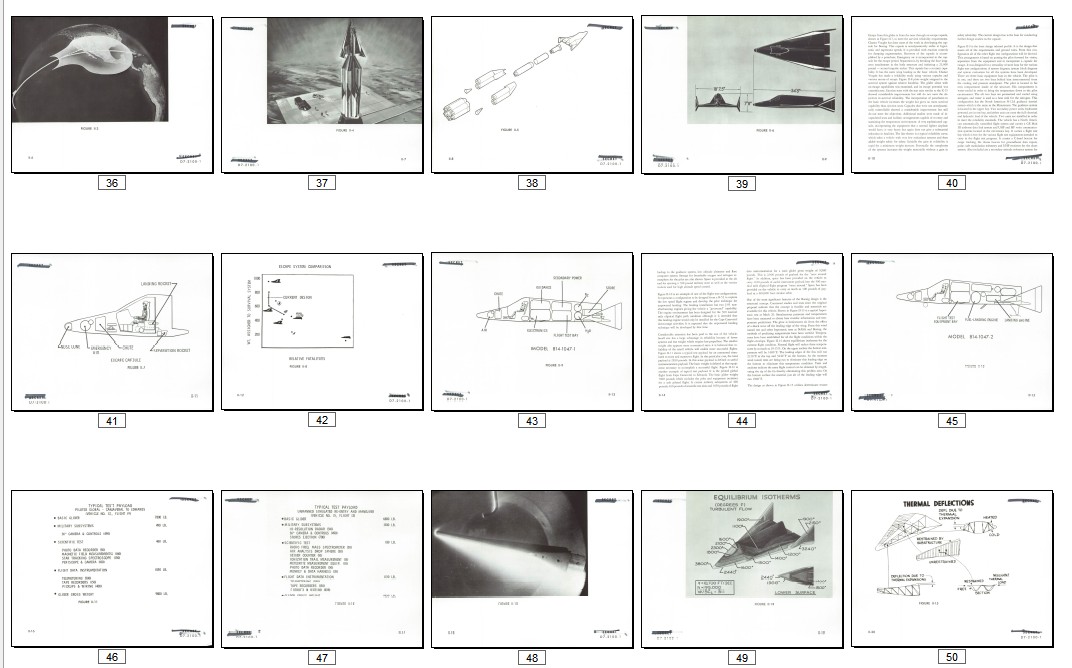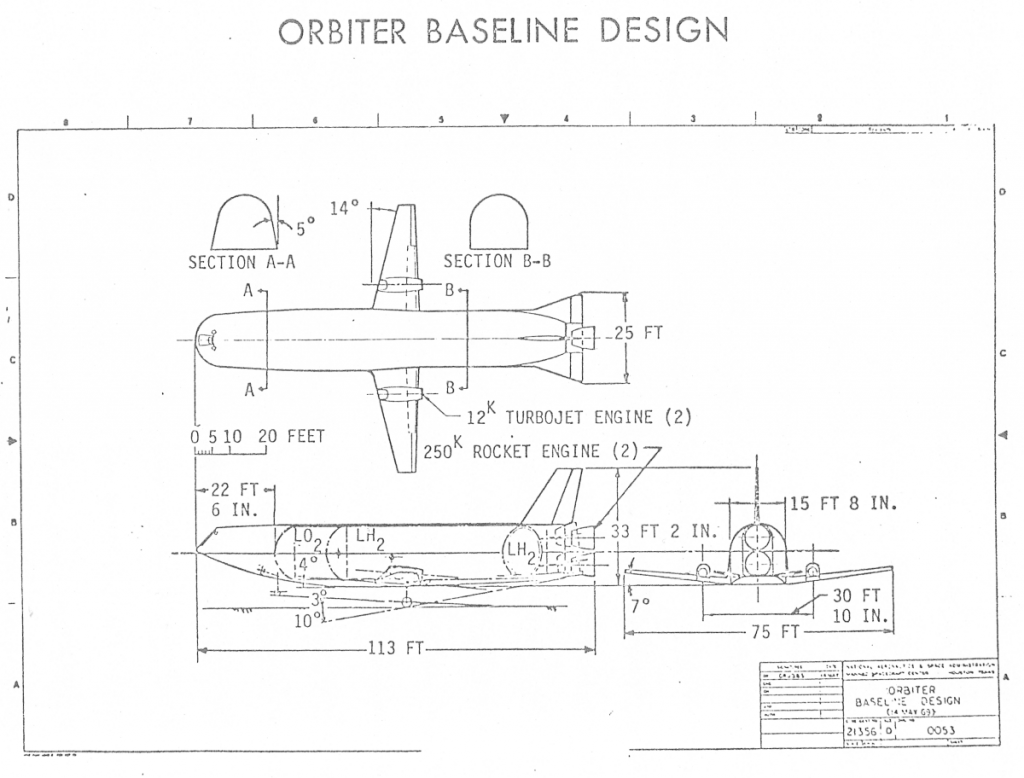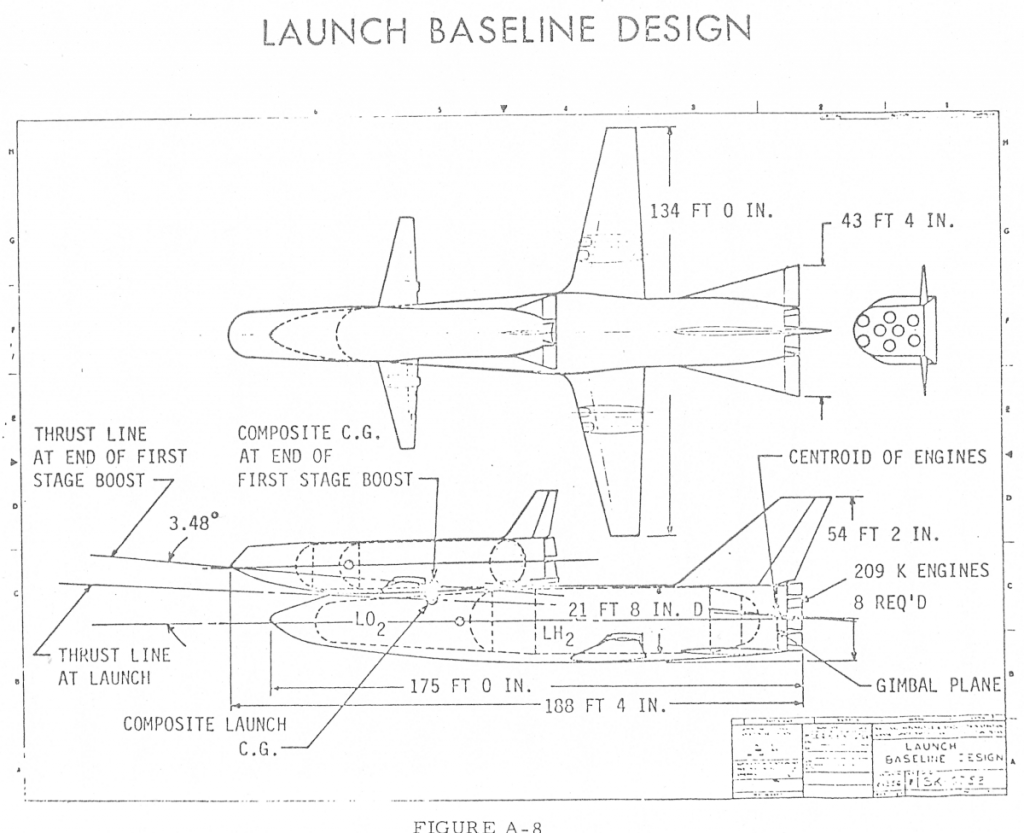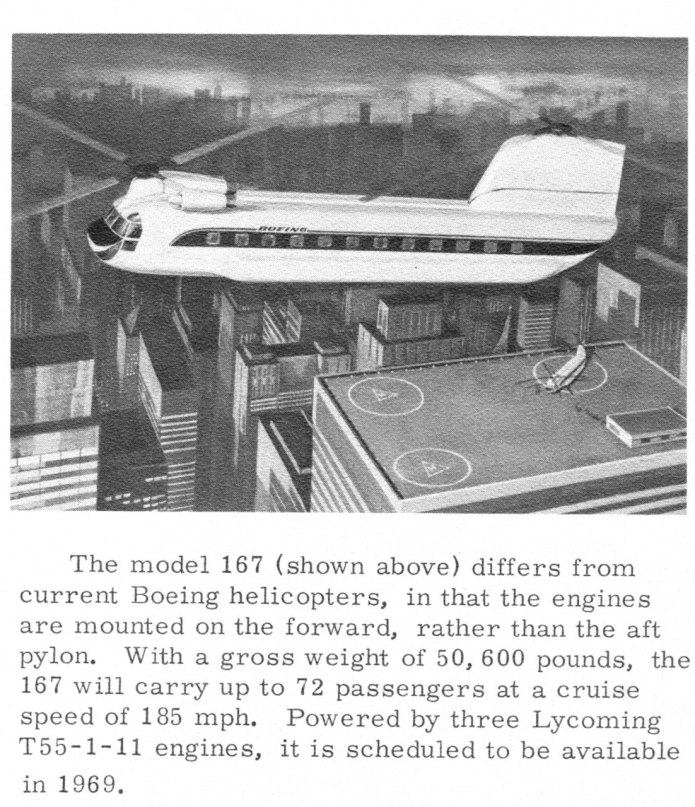The Dyna Soar would, had it been completed, have been the first manned reusable lifting spacecraft. But, sadly, after waaaaay too much money was spent on it, in late 1963 that genius for the ages SecDef Robert McNamara cancelled it and on the same day announced the Manned Orbiting Laboratory… which, after spending waaaay too much money, was also cancelled.
Anyway…
The Dyna Soar was not a “vehicle” like the X-30 National Aerospace Plane which would have its own built-in fully functional propulsion system; nor even like the Space Shuttle Orbiter, which carries the SSME’s and the OMS system. The Dyna Soar was much more akin to the Soviet Buran or the current X-37 in that it was effectively purely a payload, reliant upon the Titan IIIC for launch into orbit, the Titan Transstage for on-orbit propulsion, and a Thiokol solid rocket motor for a de-orbit burn. All it had for its own propulsion was a series of hydrogen peroxide monoprop thrusters for reaction control. It did have a hydrogen/oxygen fuel cell, but it was, more or less, a largely inert chunk of metal. So you might not think that abort would be a big issue, apart from getting out of Dodge if the booster goes high order.
Still, from the beginning of the program and for several years it was planned that the Dyna soar would have not just an ejector seat, but an abort capsule. The entire forward portion of the vehicle would be able to jettison, serving as a re-entry capable “lifeboat” for the lone pilot. By the end of the program the concept had evaporated, being replaced with an ejector seat, and for a good reason: someone finally ran the numbers and realized that an abort capsule added *ridiculous* amounts of weight and complexity to a vehicle already overburdened with weight and complexity. After the Challenger disaster NASA and Rockwell looked at modifying the Space Shuttle with the same sort of jettisonable forward fuselage, and came to the same conclusion that, in essence, “that weighs too much, and astronauts are prepared to take risks.”
The page below from a 1959 report presents artwork depicting the then-current Dyna Soar configuration deploying the escape capsule. It bears a striking resemblance to the McDonnell ASSET test vehicle. This is not accidental, as the ASSET was roughly modeled after the forward fuselage of the Dyna Soar.
